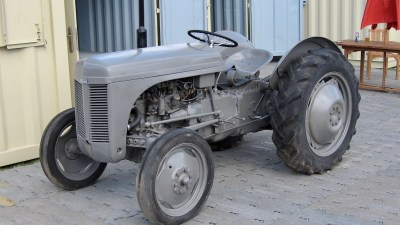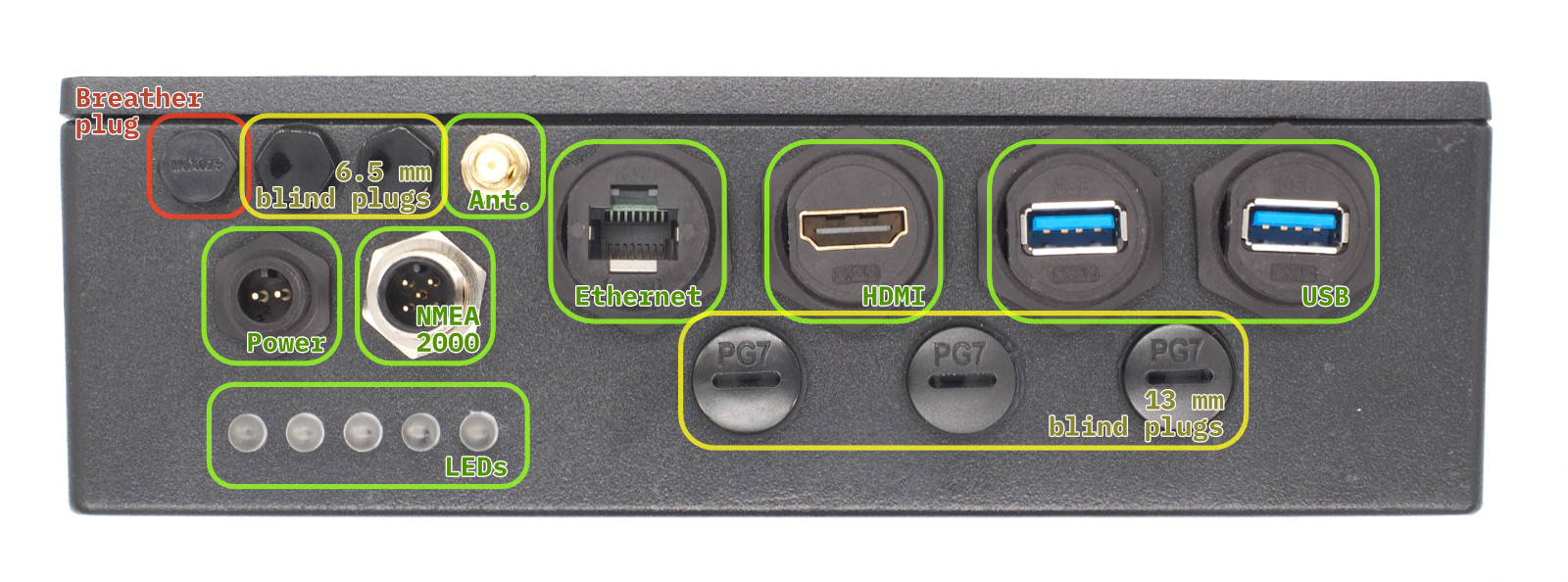Tent camping lets you explore places on foot you could never reach another way, but sometimes you want to camp with a bit more luxury. [Levi Kelly] decided to see how small you could make an RV. [via Autopian]
While we won’t argue one way or another on his claim to world’s smallest, as that likely depends on your definition of an RV, starting with a kei truck certainly puts you in a more compact format than something built on a bus chassis. With four wheel drive and a small footprint, this could be better for overlanding than the Rivian bed camper we featured recently.
The 21 sq. ft. (1.95 m2) camper portion itself is framed in 2 x 2s (38 x 38 mm) to save weight and uses foam board insulation. A working faucet uses a pump to draw drinking water from a 5 gallon (19L) refillable jug and empties into a 7 gallon (26L) grey water tank. A solar panel on the roof charges the battery that drives the pump, ventilation fan, and can also be used to run other devices like a hot plate for cooking.
A teeny tiny wood stove can be used for heat, although [Kelly] is using a different fuel source to reduce unpredictability from a wood fire in such a small space. A faucet-mounted sprayer can be routed to the outside of the camper to create a makeshift shower and is run from the sink water system. There’s even a small cabinet above the foot area of the bed to house a portable toilet and a bubble window to observe your surroundings while you do your business.
We’ve seen some even smaller campers, like this vintage-inspired bike camper, or this more streamlined version. If you want the most efficient RV ever then check out this solar-powered one.



















